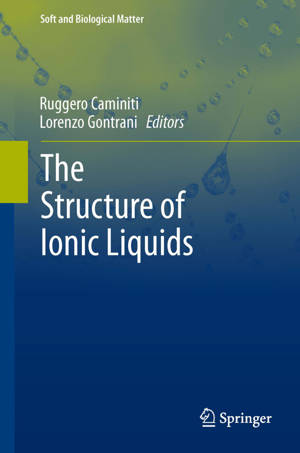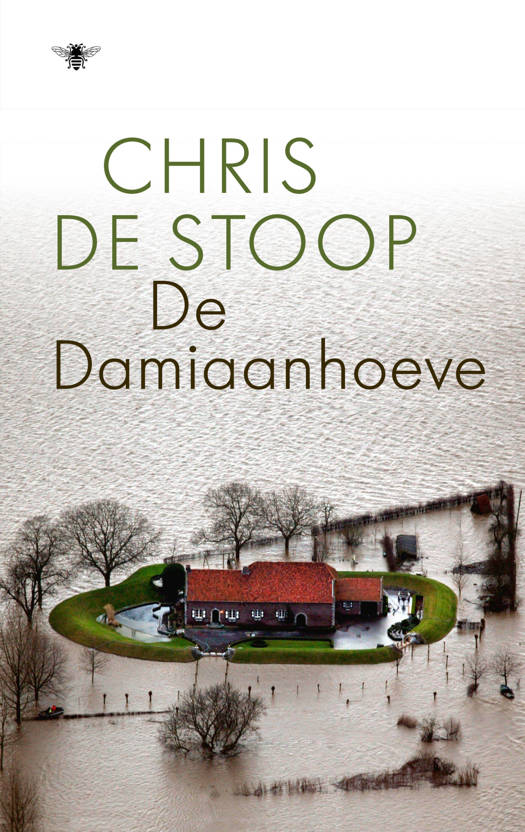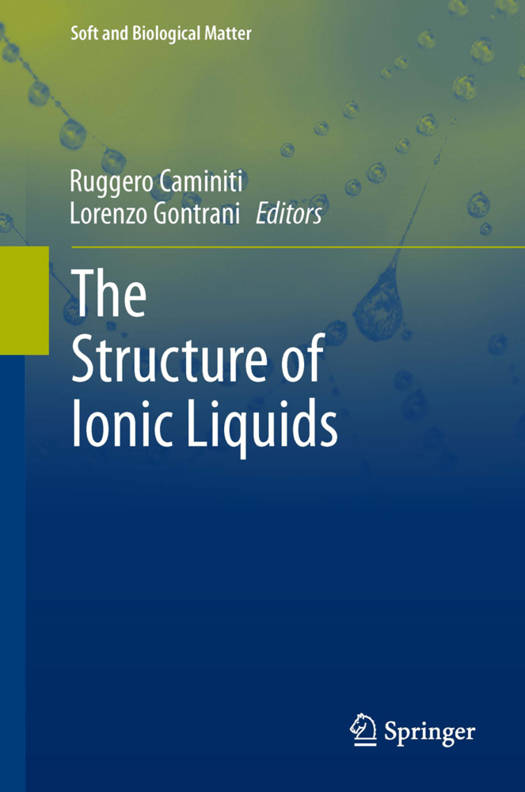
- Afhalen na 1 uur in een winkel met voorraad
- Gratis thuislevering in België vanaf € 30
- Ruim aanbod met 7 miljoen producten
- Afhalen na 1 uur in een winkel met voorraad
- Gratis thuislevering in België vanaf € 30
- Ruim aanbod met 7 miljoen producten
Zoeken
Omschrijving
Research in the field of ionic liquids (ILs) keeps a fast and steady pace. Since these new-generation molten salts first appeared in the chemistry and physics landscape, a large number of new compounds have been synthesized. Most of them display unexpected behaviour and possess stunning properties. This volume describes the most recent findings on the structure of ILs interpreted through cutting-edge experimental and theoretical methods. Ranging from the mesoscopic structure of ILs to their interaction with proteins, the reader will learn about how diffraction techniques (small and large angle X-Ray and neutron scattering, powder methods), X-Ray absorption spectroscopies (EXAFS/XANES), optical methods (IR, RAMAN), NMR and calorimetric methods can help in investigating the field of ILs, both as neat liquids and in mixtures with other compounds, and how to choose the best method to suit his experimental needs. A detailed survey of theoretical methods, both quantum-chemical and classical, and of their predictive power will accompany the exposition of experimental ones. This book is a must read for postgraduate students, post-docs and researchers who are interested in understanding the structural properties of ILs.
Specificaties
Betrokkenen
- Uitgeverij:
Inhoud
- Aantal bladzijden:
- 193
- Taal:
- Engels
- Reeks:
Eigenschappen
- Productcode (EAN):
- 9783319016979
- Verschijningsdatum:
- 21/11/2013
- Uitvoering:
- Hardcover
- Formaat:
- Genaaid
- Afmetingen:
- 157 mm x 234 mm
- Gewicht:
- 453 g

Alleen bij Standaard Boekhandel
+ 105 punten op je klantenkaart van Standaard Boekhandel
Beoordelingen
We publiceren alleen reviews die voldoen aan de voorwaarden voor reviews. Bekijk onze voorwaarden voor reviews.










